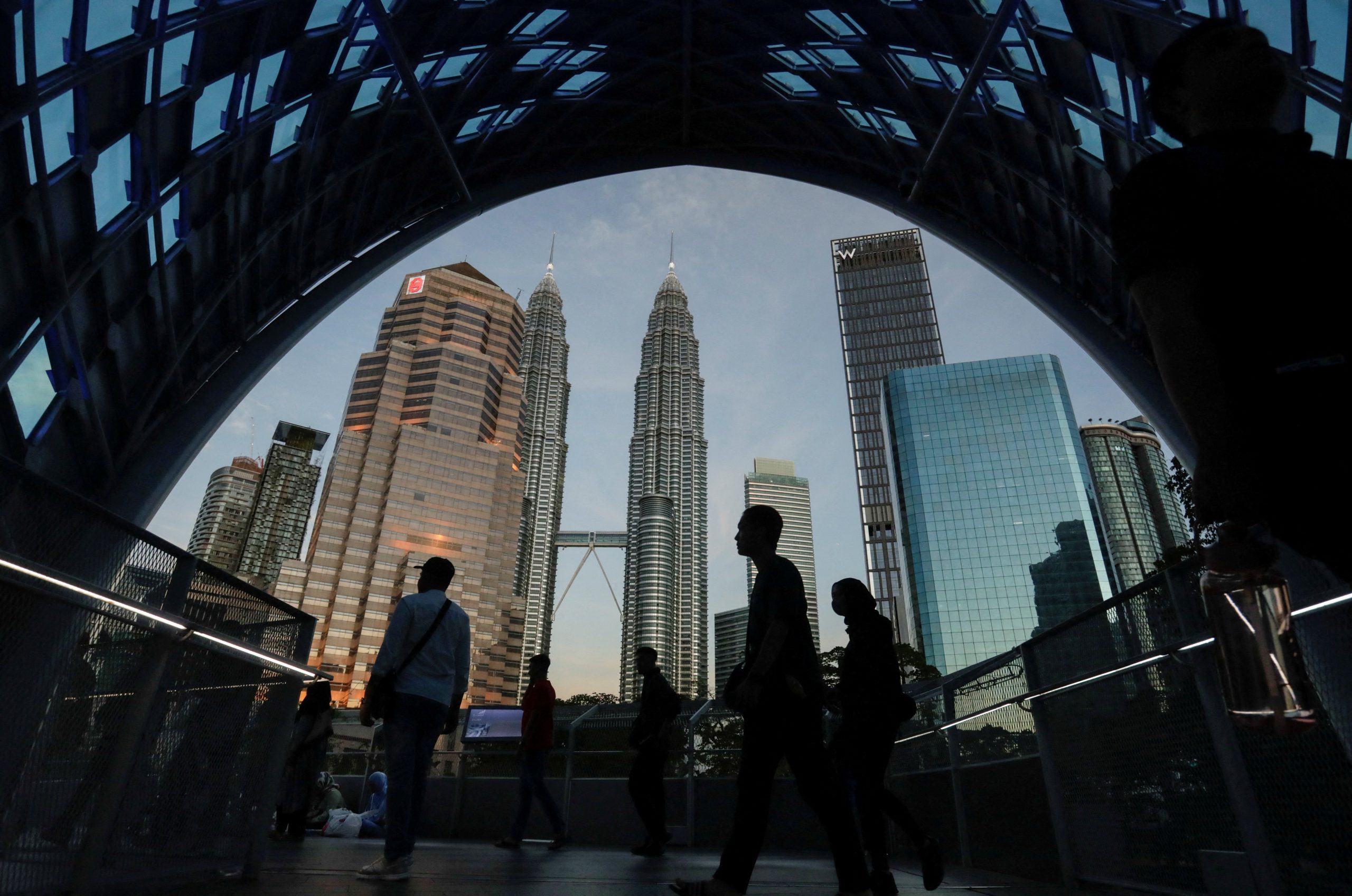Malaysia Population Research Hub

In 2020, Malaysia’s economy was one of the largest in Southeast Asia, boasting a population of 32.4 million. As a relatively young country, Malaysia has undergone significant improvements in education and healthcare facilities over the last few decades, leading to rapidly changing demographics. These changes in the population structure will open windows of opportunity to harness the first and second demographic dividends.
Changing Population Structure
Malaysia is currently undergoing a demographic transition from high to low birth and death rates. The country’s total fertility rate (TFR) has decreased from 5.7 in 1960 to 1.6 in 2022, resulting in a decline in the proportion of the population under 15 relatives to the adult working-age population. This shift is partly attributed to the widespread availability of family planning services and substantial improvements in socio-economic conditions. The present population of Malaysia can be described as moderately young. The proportion of the population under 15 years old has declined from about 36.7 percent in 1991 to 24 percent in 2020.
As a result of the decline in fertility and the adult mortality rate, the proportion of the economically active population aged 15-64 increased from 59.6 percent in 1991 to 69.3 percent in 2020. This translates to a decrease in the total dependency ratio, benefiting the ever-increasing cohort of productive workers. It presents the country with its first demographic dividend that needs to be optimised diligently.
The decline in the young dependency ratio leads to the shrinking of families, which now have more resources to invest in the education, health, and well being of each existing child. With fewer people to support, Malaysia has a window of opportunity to reap the first demographic dividend if the right policies and investments are in place.
Reaping the rewards of 1st Demographic Dividend
Based on earlier estimates (Ogawa 2010), Malaysia’s first demographic dividend was initially expected to end in 2038. However, according to the latest population projections by the Department of Statistics Malaysia (DOSM), the first demographic dividend in Malaysia is now projected to end in 2027, which is 11 years earlier than previously predicted. Between now and 2027, Malaysia has approximately four years left to capitalise on the opportunities presented by this first demographic dividend.
The government should seize this prime opportunity to establish demographic resilience by increasing per capita income through the creation of job opportunities characterised by efficient matching and a comprehensive labour market support system. Only investments in the currently abundant workforce, including the youth, will be able to generate high-income generation, subsequently providing sufficient assets and savings for retirement funds in old age.
The economic advantages arising from the first demographic dividend are only temporary. Despite lasting for over five decades, Malaysia is ultimately approaching the final years of the decline in the first demographic dividend.
The Second Demographic Dividend
Malaysia will inevitably be experiencing population ageing. With continuous improvement in health and healthcare provisions, Malaysia is expected to become an aged nation by the year 2044, when 15 percent of its population will be 65 years old and above.
People often describe ageing as a damper on economic growth simply because older non-working adults are assumed to be economic consumers rather than contributors. They typically need financial support from their families and public pension funds to continue living. However, with fewer working-age children to support elderly parents, there is a fear that existing social security and pension systems are not sufficient and will experience severe strains on existing resources.
The transition from a young to an old population does not necessarily pose a threat to economic growth if Malaysia is well-prepared. With today’s working adults generally having better education and anticipating longer life expectancies, Malaysia will benefit from the second demographic dividend. As they realise they will live longer and cannot rely heavily on their children, the current working population will accumulate greater savings to achieve more financial independence in their old age. This is when working adults save and invest accordingly in preparation for their retirement.
The accumulated savings and investments will create wealth, which becomes the so-called ‘second demographic dividend’. This dividend will then act as an investment, which, in turn, will help boost the country’s economic growth to greater heights than the first demographic dividend. In the end, an ageing population will produce a resilient and sustainable family system while contributing to economic development through higher per capita income.
Recommended Action
The second demographic dividend is a unique opportunity for Malaysia to achieve sustainable economic growth and development. However, it is important to note that there is no absolute guarantee that the country will attain this second demographic dividend, as it requires Malaysia to take specific measures to fully reap its benefits. To fully benefit from the first and second demographic dividends, rationalisation in the labour market and labour policies is necessary to enable an increasingly working-age population to be absorbed. Policymakers, on the other hand, need to establish sound and trusted financial systems that will benefit people who wish to secure their financial futures. The better these conditions are, the more our country will enjoy the benefits of the first and second demographic dividends.
Download:PopInfo Issue 2/2023